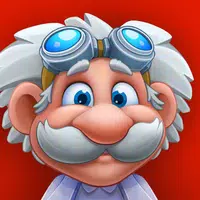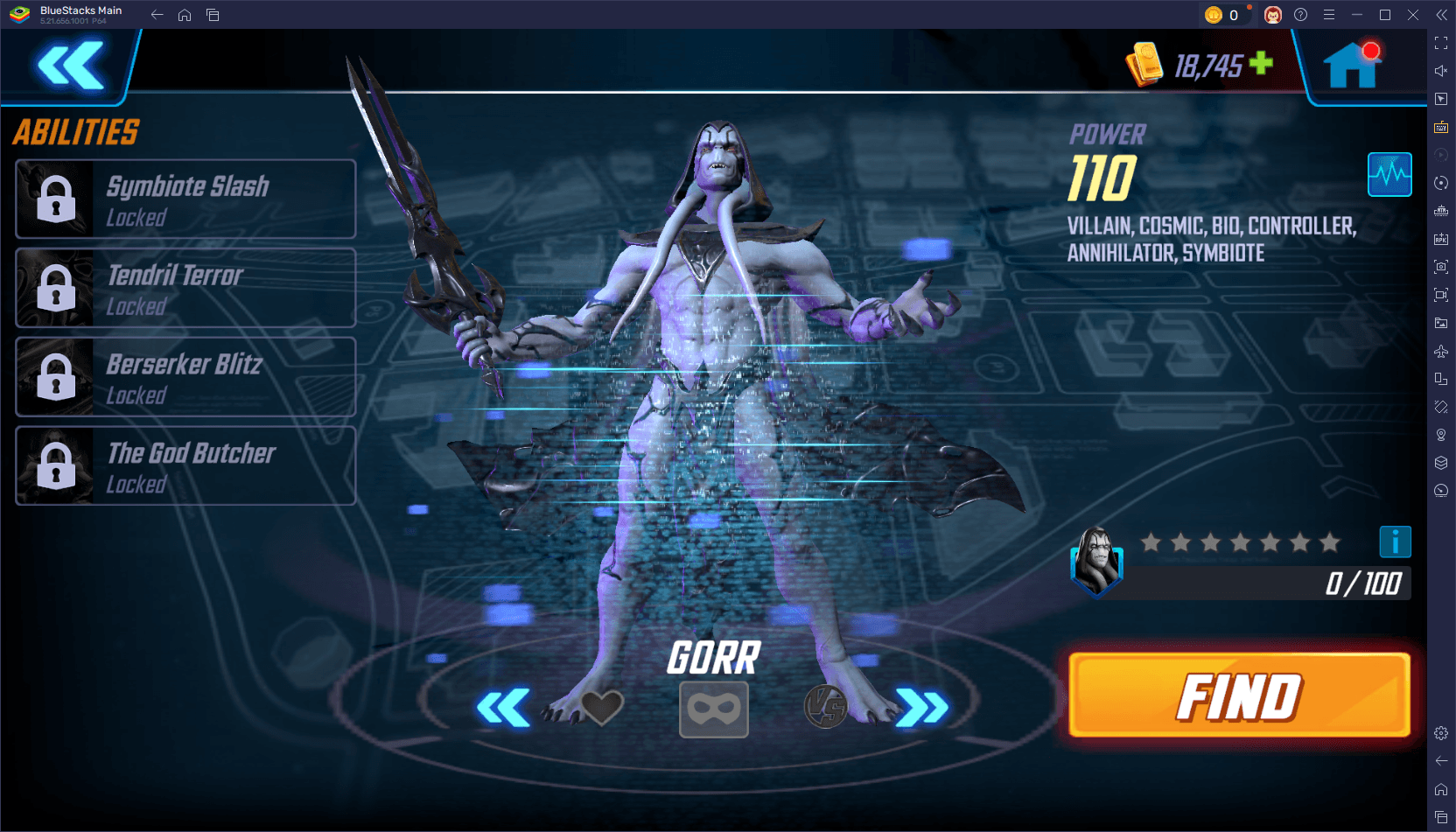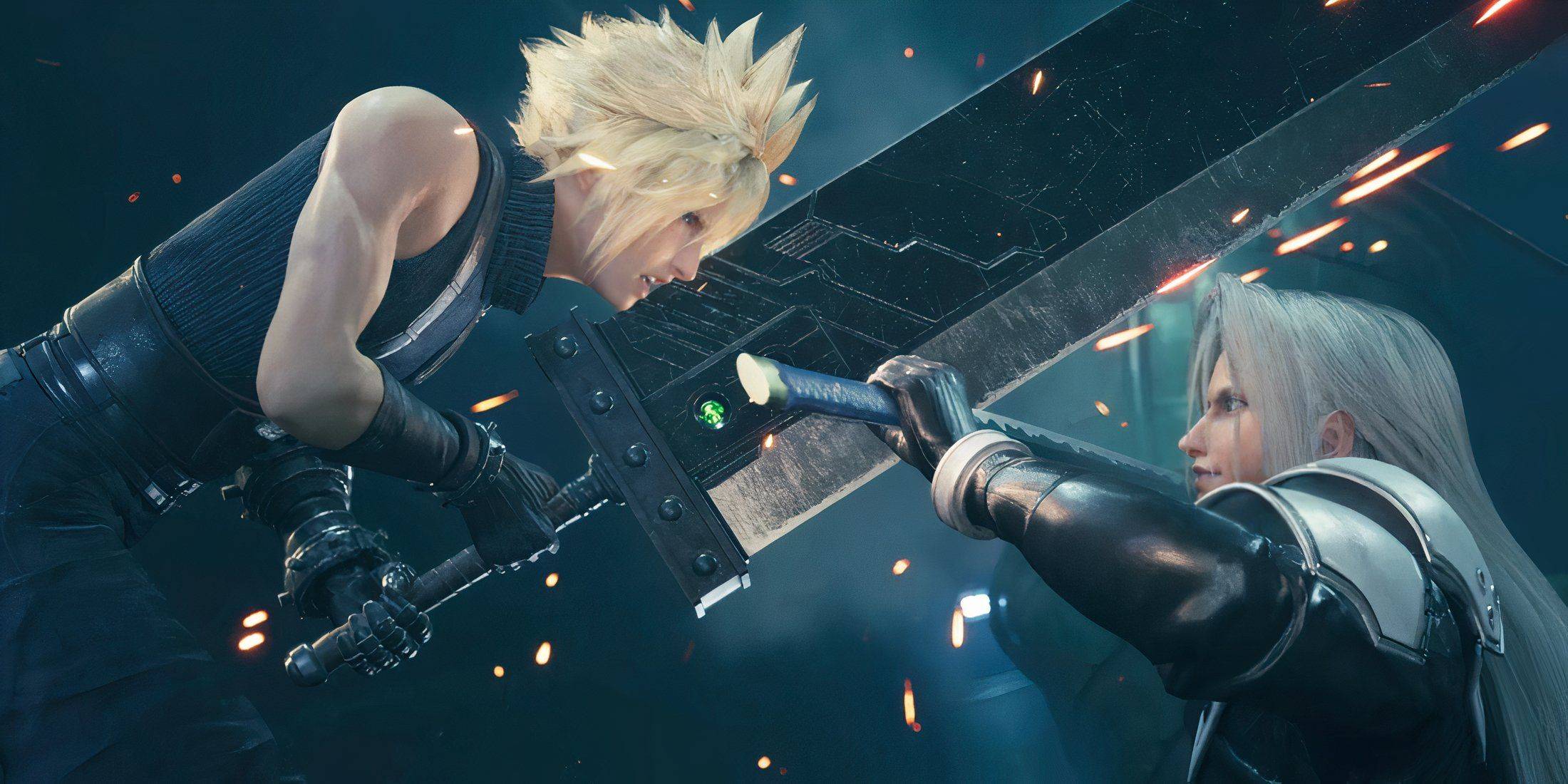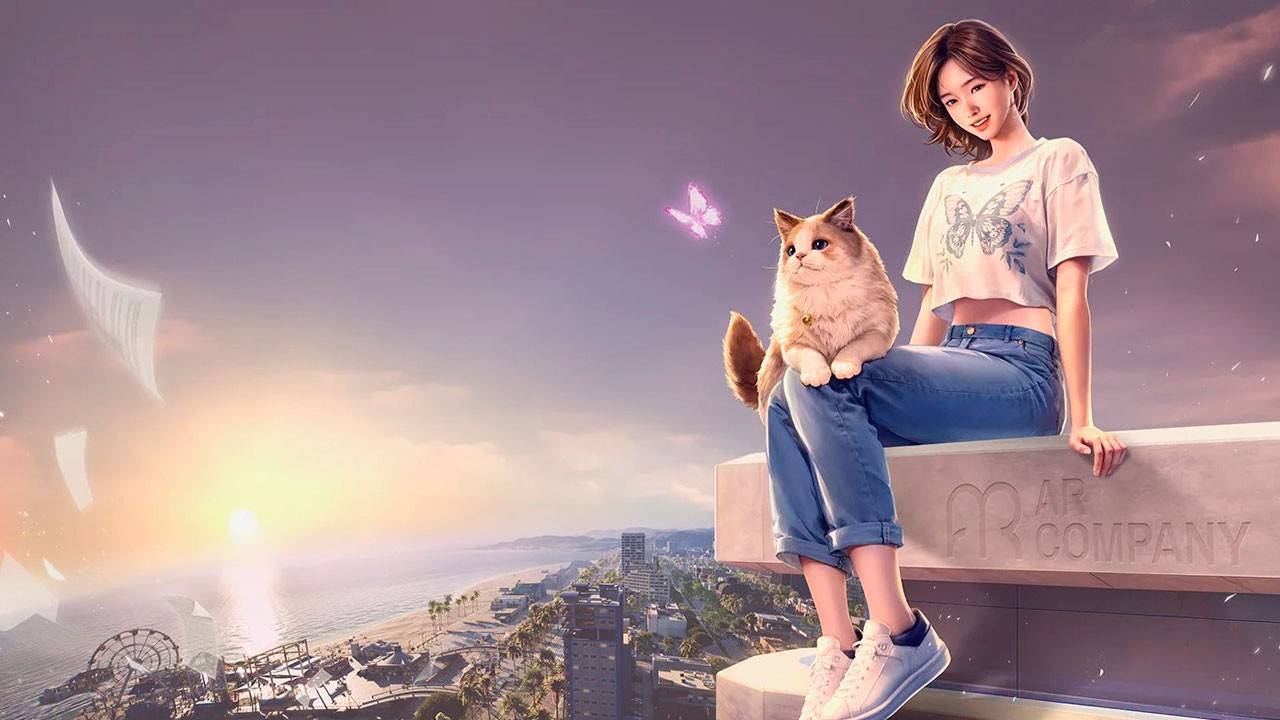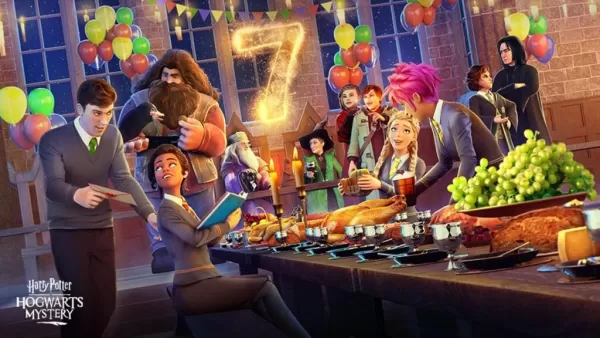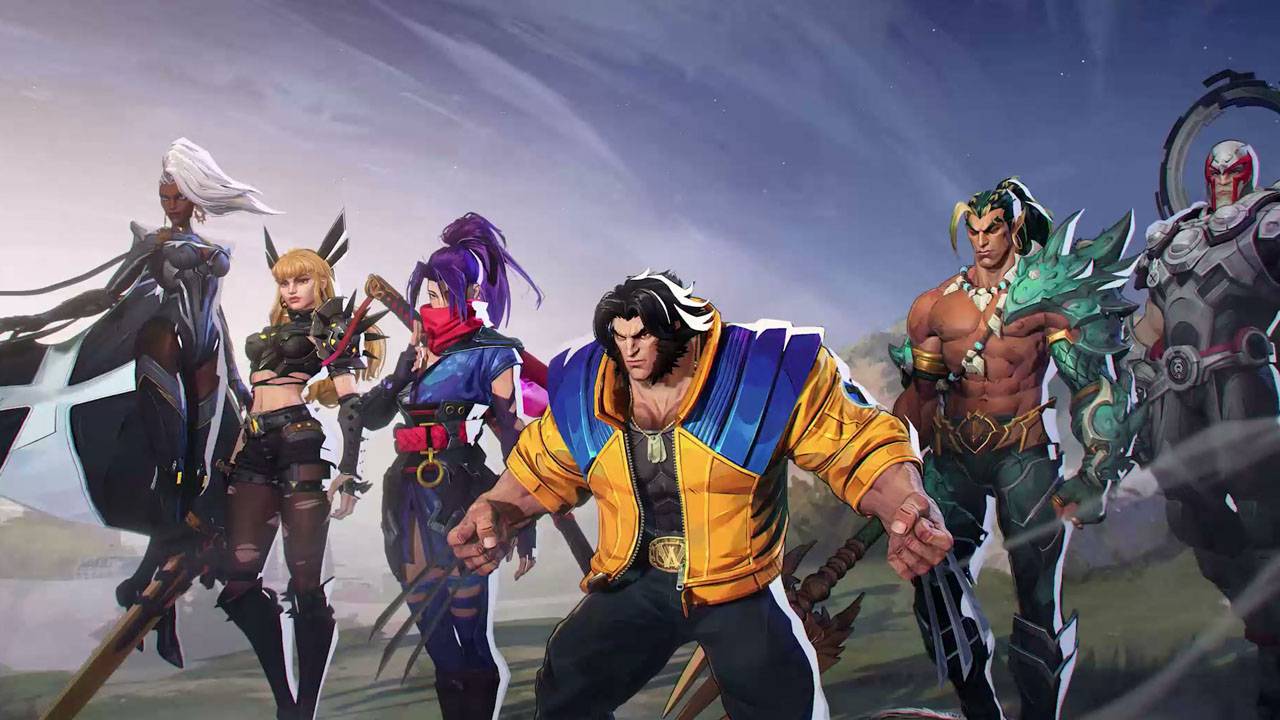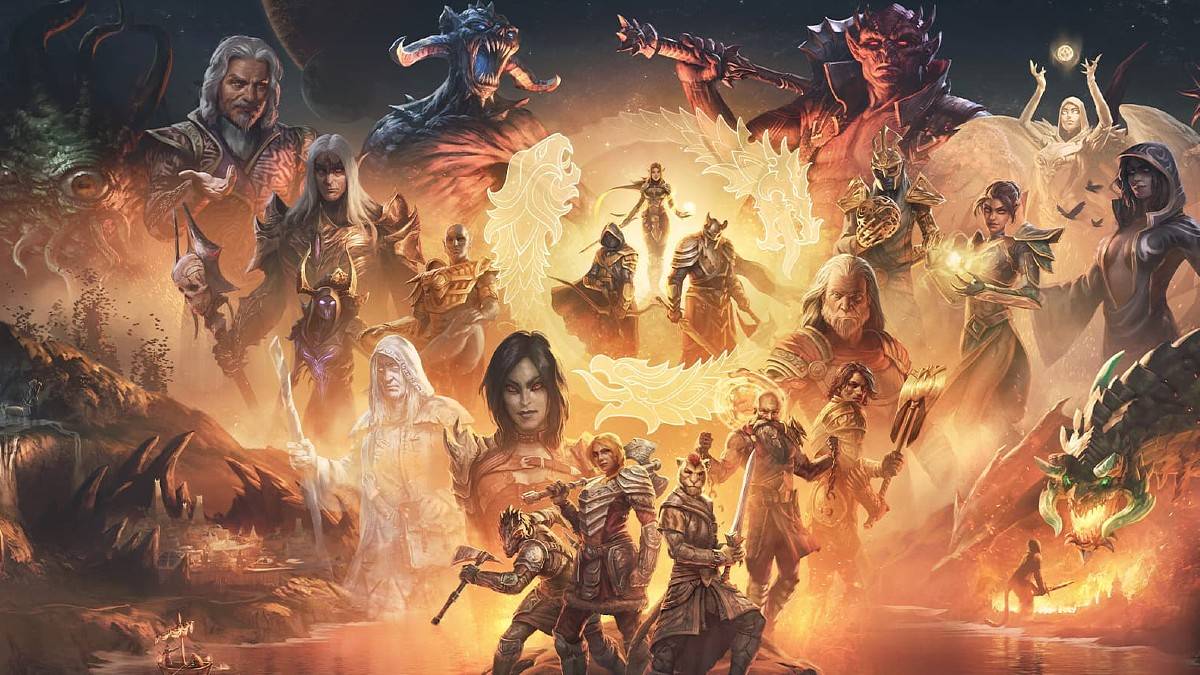The 1970s marked a period of significant transformation for Marvel Comics, introducing iconic stories such as "The Night Gwen Stacy Died" and Doctor Strange's encounter with a divine entity. However, it was the 1980s that truly elevated Marvel to new heights, often considered the company's golden age. This era saw legendary creators like Frank Miller, John Byrne, David Michelinie, Chris Claremont, Roger Stern, and Walt Simonson produce some of the most memorable runs in Marvel's history. These include Miller's groundbreaking work on Daredevil, Byrne's influential Fantastic Four, Michelinie's Iron Man, and Claremont's legendary X-Men stories, among others. These creators and their works are pivotal in understanding the enduring popularity of these characters today.
When examining the comprehensive history of the Marvel Universe, the 1980s stand out as a period of unparalleled creativity and impact. In this seventh installment of our series on essential Marvel issues, we delve deeper into the pivotal moments and characters that defined this decade.
More Essential Marvel
- 1961-1963: The Birth of a Universe
- 1964-1965: The Sentinels Are Born and Cap Dethaws
- 1966-1969: How Galactus Changed Marvel Forever
- 1970-1973: The Night Gwen Stacy Died
- 1974-1976: The Punisher Begins His War on Crime
- 1977-1979: Star Wars Saves Marvel From Bankruptcy
- The Dark Phoenix Saga and Other All-Time X-Men Stories
Chris Claremont's transformative run on X-Men, which began in 1975, reached its zenith in the early 1980s with three monumental stories. The first, the Dark Phoenix Saga (X-Men #129-137), is widely regarded as one of the greatest X-Men stories ever told. It follows Jean Grey's transformation into the Dark Phoenix, a narrative enriched by John Byrne's stunning artwork and co-plotting. This saga not only introduced key characters like Kitty Pryde (Shadowcat), Emma Frost, and Dazzler but also delivered one of the most emotionally charged moments in X-Men lore with Jean Grey's sacrificial death. While adaptations like X-Men: The Last Stand and Dark Phoenix have attempted to capture this story's essence, many fans believe the animated series provided a more faithful rendition.
Following closely was the Days of Future Past storyline (X-Men #141-142), a seminal tale involving time travel and the Sentinels, which were first introduced by Stan Lee and Jack Kirby in 1965. This two-issue arc, featuring Kitty Pryde's mission to prevent a dystopian future dominated by Sentinels, has remained a fan favorite and influenced subsequent narratives. Its impact is evident in the 2014 film adaptation and the storyline's use in the animated series Wolverine & the X-Men.
Completing the trio of iconic X-Men stories from this era is X-Men #150, which delves into Magneto's backstory as a Holocaust survivor, a revelation that profoundly shaped his character and set the stage for his complex moral evolution.
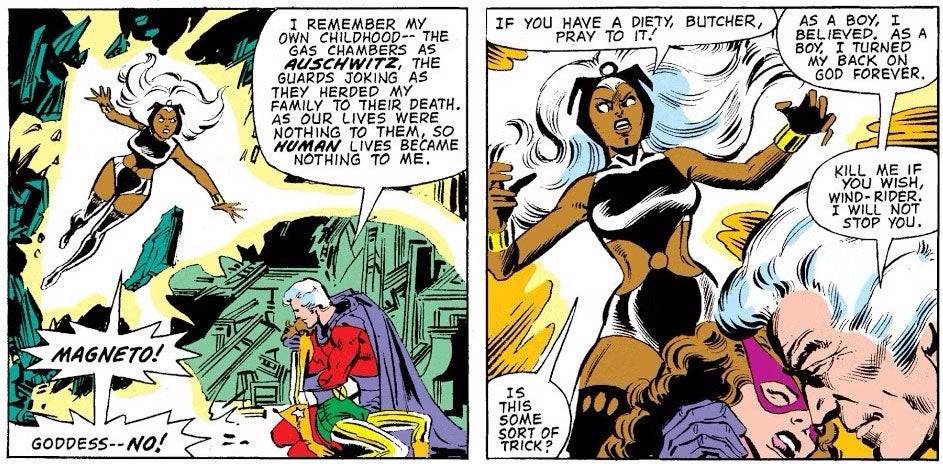
The First Appearances of Rogue, She-Hulk, and the New Mutants
The 1980s also introduced several key characters to the Marvel Universe, particularly notable female heroes. Rogue, one of the X-Men's most beloved members, debuted as a villain in Avengers Annual #10. Initially a member of Mystique's Brotherhood of Evil Mutants and Mystique's foster daughter, Rogue's absorption of Ms. Marvel's (Carol Danvers) powers marked a pivotal moment for both characters. This issue also highlighted Carol's strained relationship with the Avengers following her traumatic experiences with Marcus Immortus, as detailed in Avengers #200.
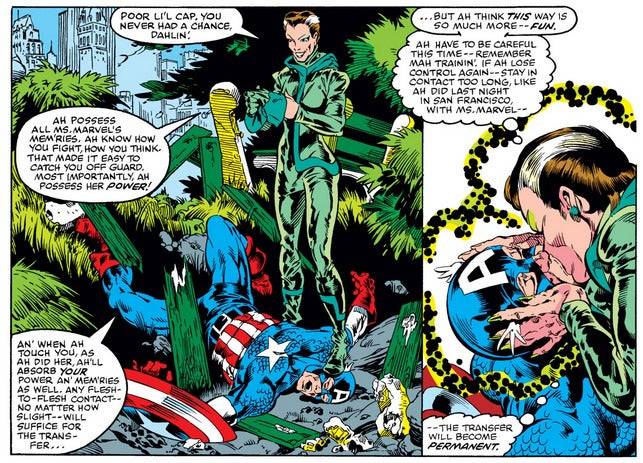
Another significant female character introduced during this time was She-Hulk, debuting in Savage She-Hulk #1. Created by Stan Lee and John Buscema, Jennifer Walters gained her powers through an emergency blood transfusion from her cousin, Bruce Banner. Although her initial series was not well-received, She-Hulk's character flourished once she joined the Avengers and Fantastic Four. Tatiana Maslany's portrayal in the MCU's She-Hulk series further cemented her status as a fan-favorite.
The New Mutants, the first X-Men spin-off series, debuted in Marvel Graphic Novel #4 and later transitioned to their own comic. The initial team, consisting of Cannonball, Sunspot, Karma, Wolfsbane, and Dani Moonstar (later Mirage), introduced a new generation of mutant heroes. The addition of Illyana Rasputina (Magik) in issue #15 added depth to the team's narrative, influencing the 2020 New Mutants film.
Iconic Storylines for Daredevil, Iron Man, and Captain America
Frank Miller's transformative work on Daredevil began with issue #168, where he introduced Elektra and redefined the character's mythos. Over the next two years, Miller crafted a gritty, noir-inspired saga that included the introduction of Kingpin as Matt Murdock's nemesis, the backstory of Stick, and pivotal confrontations with the Punisher and Bullseye. This run, particularly issues #168-191, has been a significant influence on subsequent Daredevil adaptations, including the 2003 film and the 2015 Netflix series, with the upcoming MCU series Daredevil: Born Again drawing further from Miller's work.
David Michelinie and Bob Layton's Doomquest storyline in Iron Man #149-150 marked a significant moment for Tony Stark. This tale, which saw Iron Man face Doctor Doom solo for the first time, led to an adventure in the era of King Arthur. Iron Man allied with King Arthur while Doom partnered with Morgan le Fay, cementing Doom's status as a formidable adversary in Iron Man's rogues gallery.
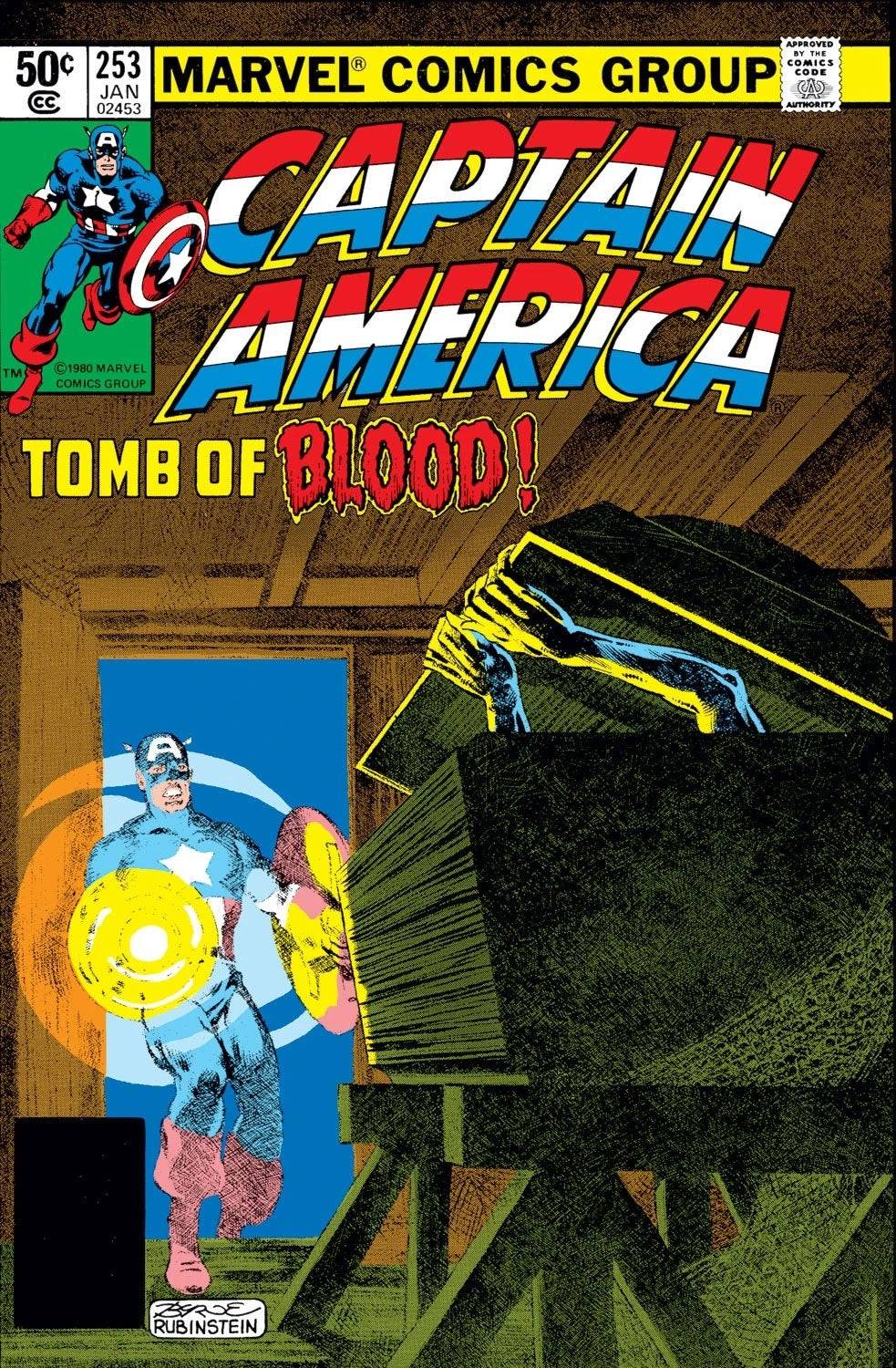
Roger Stern and John Byrne's brief but impactful run on Captain America included the dark and compelling storyline in Captain America #253-254, where Cap battled the Nazi vampire Baron Blood. This arc, rooted in Cap's WWII history with the Invaders, delivered a gripping narrative with powerful artwork and a memorable conclusion.
Moon Knight Becomes a Hero and Marvel Helps Create the G.I. Joe Mythology
Moon Knight, initially introduced as an antagonist in Werewolf by Night #32, fully transitioned into a hero with his own series starting with Moon Knight #1. This series by Doug Moench and Don Perlin established his backstory and introduced his alternate identities, Steven Grant and Jake Lockley, laying the foundation for his future narratives.
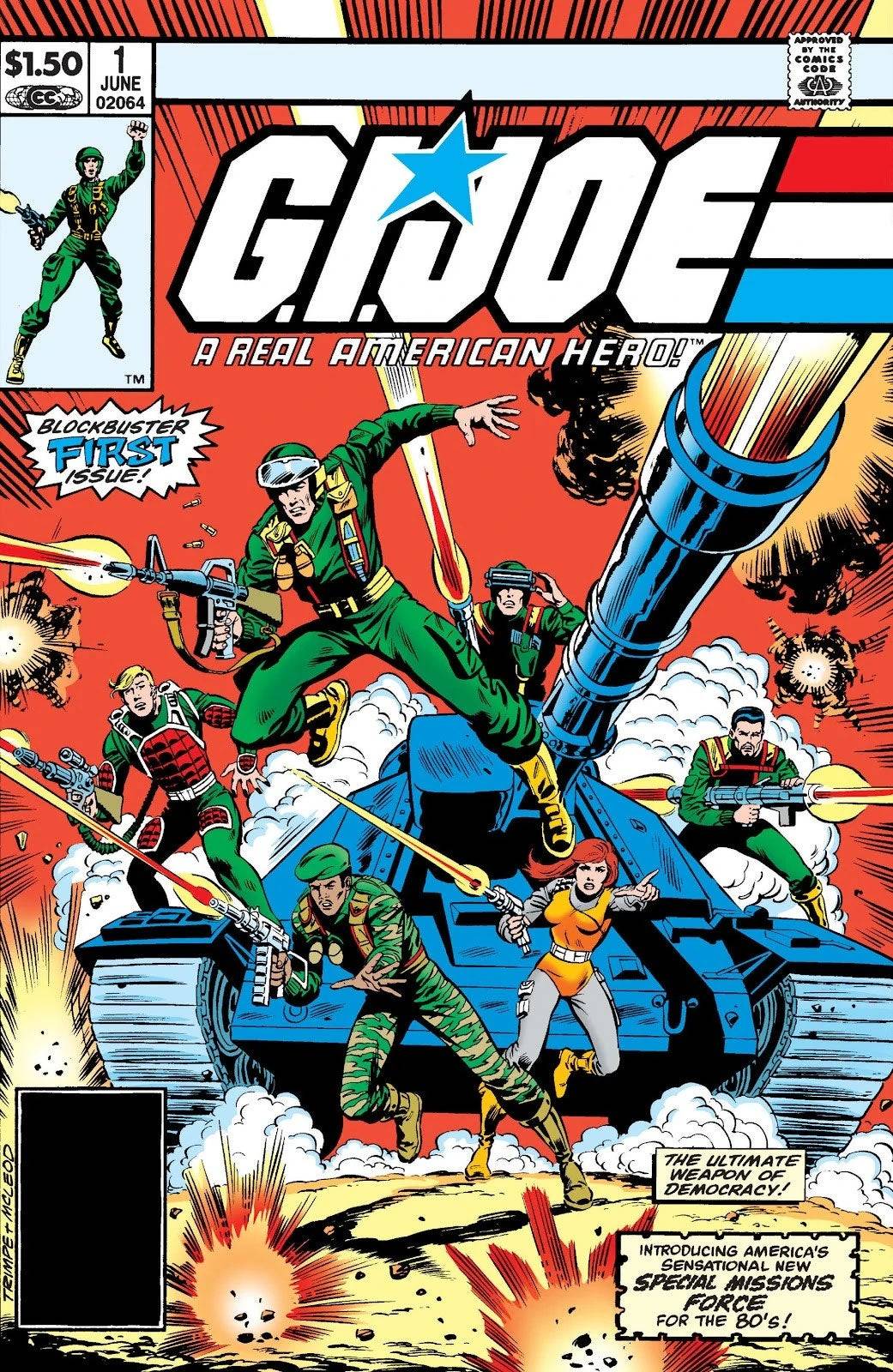
Although not owned by Marvel, the G.I. Joe franchise owes much of its character development to the Marvel Comics series that began in 1982. Editor Archie Goodwin and writer Larry Hama crafted a rich universe around the Real American Hero toy line, introducing iconic characters like Scarlett, Snake Eyes, Storm Shadow, Lady Jaye, and the Baroness. Hama's storytelling not only made G.I. Joe one of Marvel's most popular titles in the mid-1980s but also resonated with a diverse readership, particularly women, due to its equitable portrayal of female characters.








